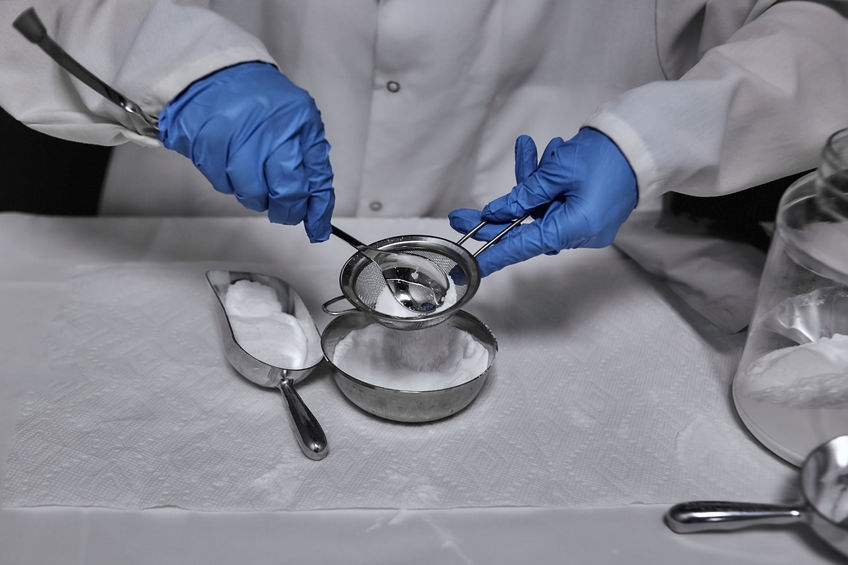Variable Dose Regimens for Cancer
The dose-dense philosophy in chemo treatment is to use as big a dose as the patient can handle (e.g. without the toxic side effects getting out of control.) The intention is to eradicate both observable tumors and unobservable micro-tumors and to get rid of the cancer before it could evolve or adjust to the chemo agent.
Dose-dense isn’t necessarily the optimal regimen for all cancer cases, according to some experts who are thinking a variable dose regimen may be preferable in some cases.
Experimenting with mice, scientists in Florida tried a variable dose protocol of chemotherapy delivery. They started with a high dose and then quickly reduced the dose level. This process leaves both the resistant cells and a sizeable population of treatable cells. This allows the treatable cells to compete with the resistant ones, so the tumor as a whole does not

become resistant. With repeated low doses, the tumor can be kept small and the major effects of cancer avoided. The scientists did this in mice, and they monitored the size of the tumor regularly with advanced imaging technology. While it might be tough to translate the results into clinical care for humans, it is an encouraging finding.
In a larger philosophical sense, changing treatment has appeal. Cancer is a dynamic disease and complex system but most treatment protocols are fixed and linear. Variable dose regimens are an attempt to play defense to the cancer’s sophisticated offense.
Science blogger Derek Lowe says this study might promote the development of variable dosing regimens and might give medicinal chemists encouragement to pursue development of “medium-effective” drugs for eventual clinical use.